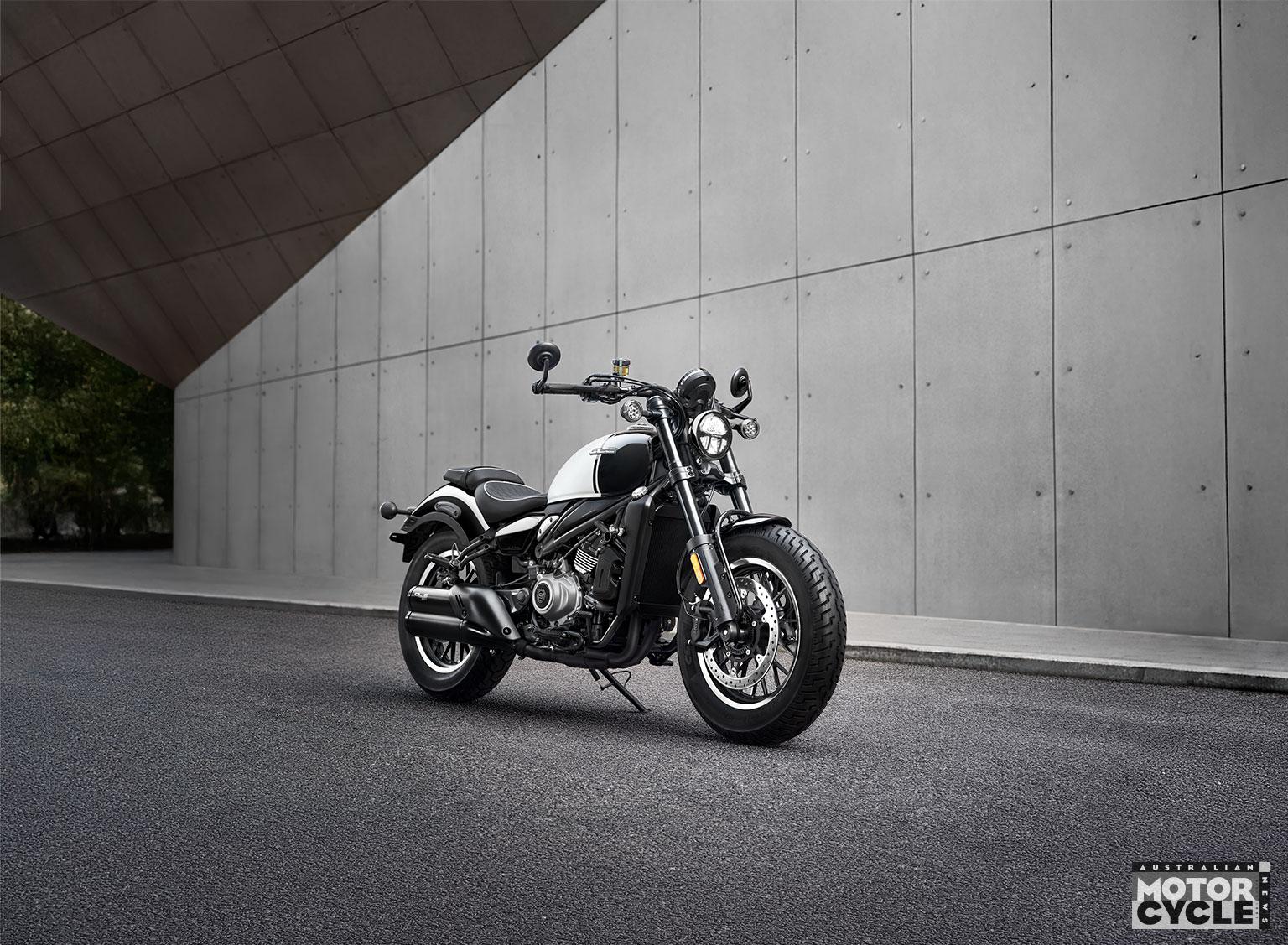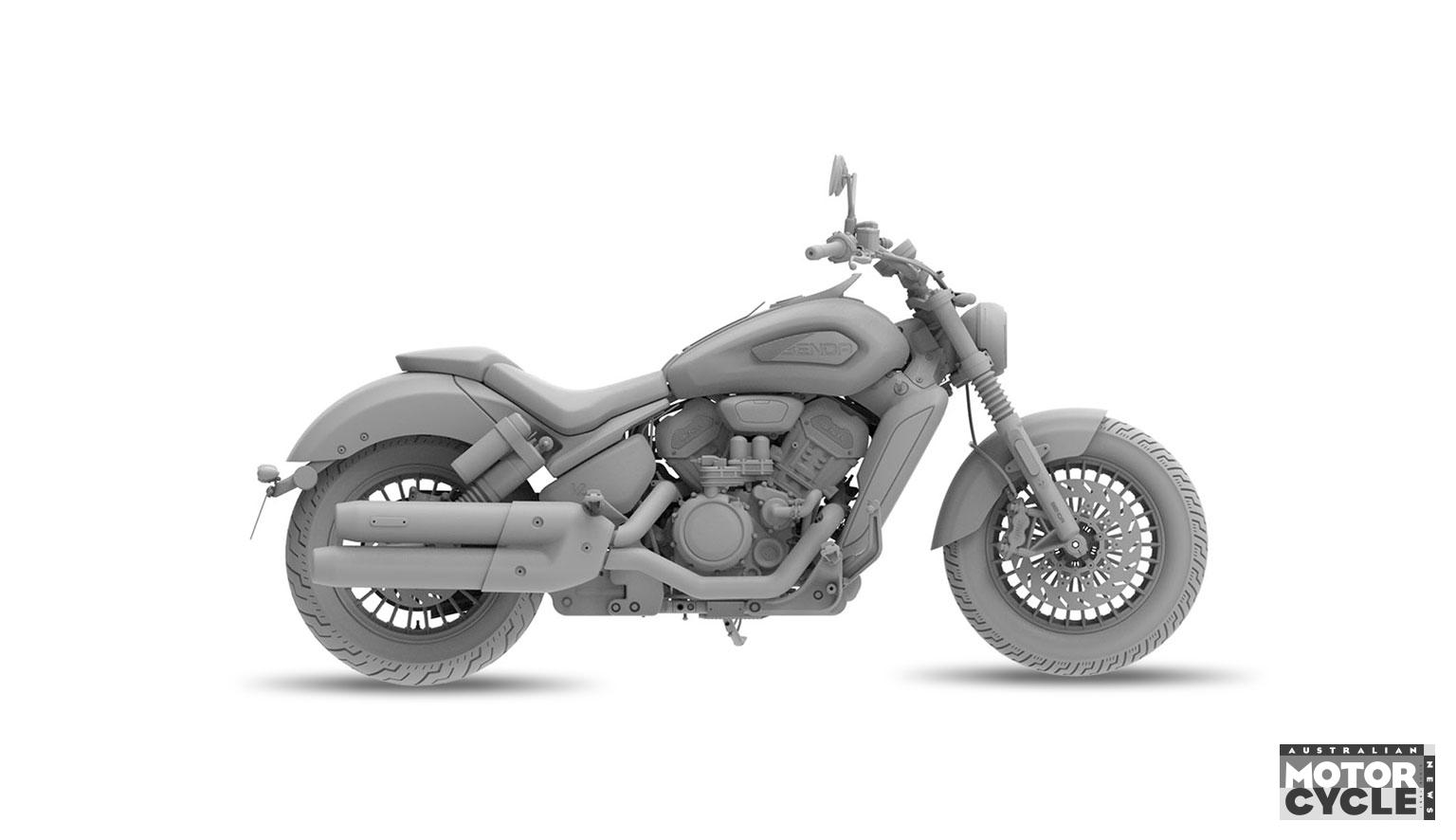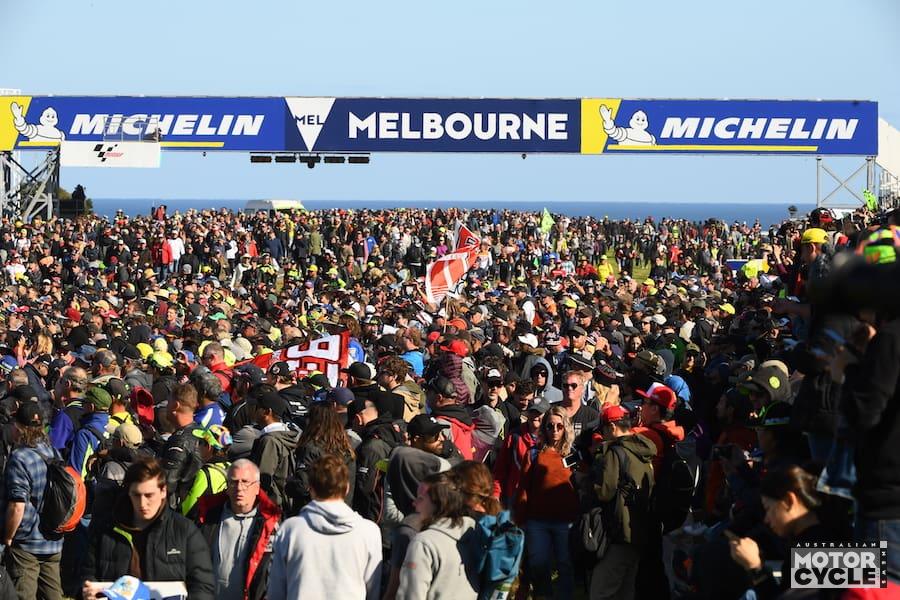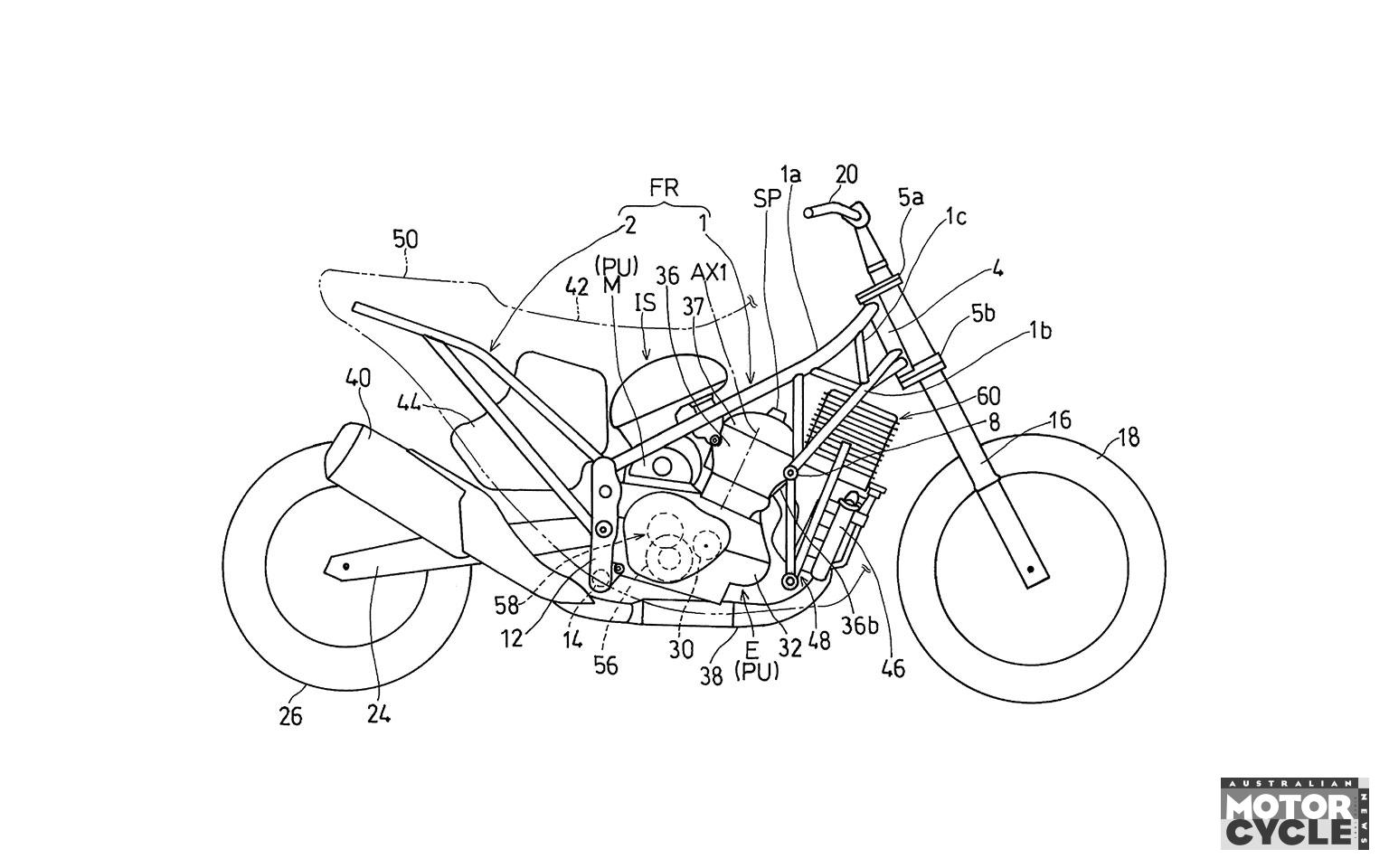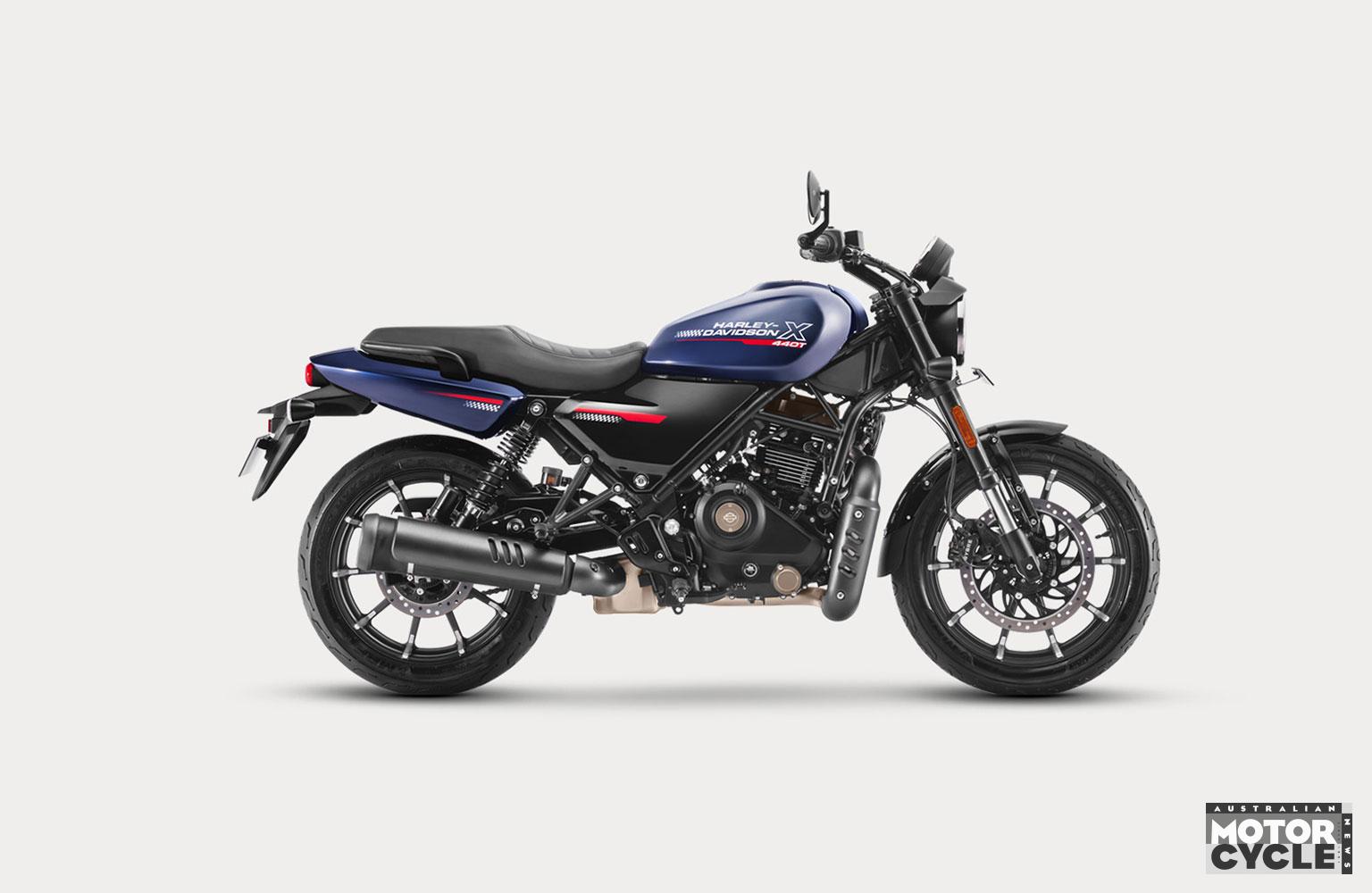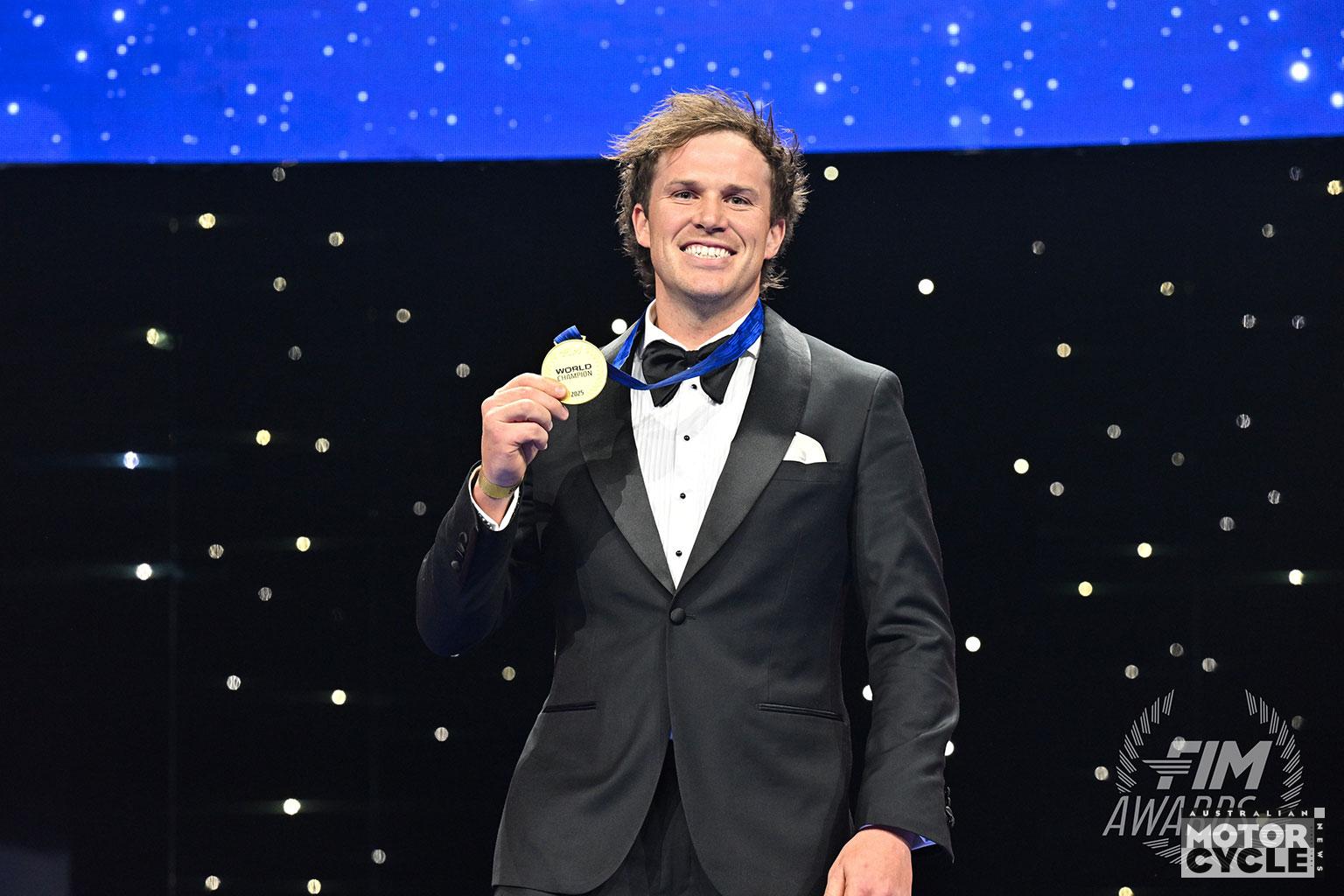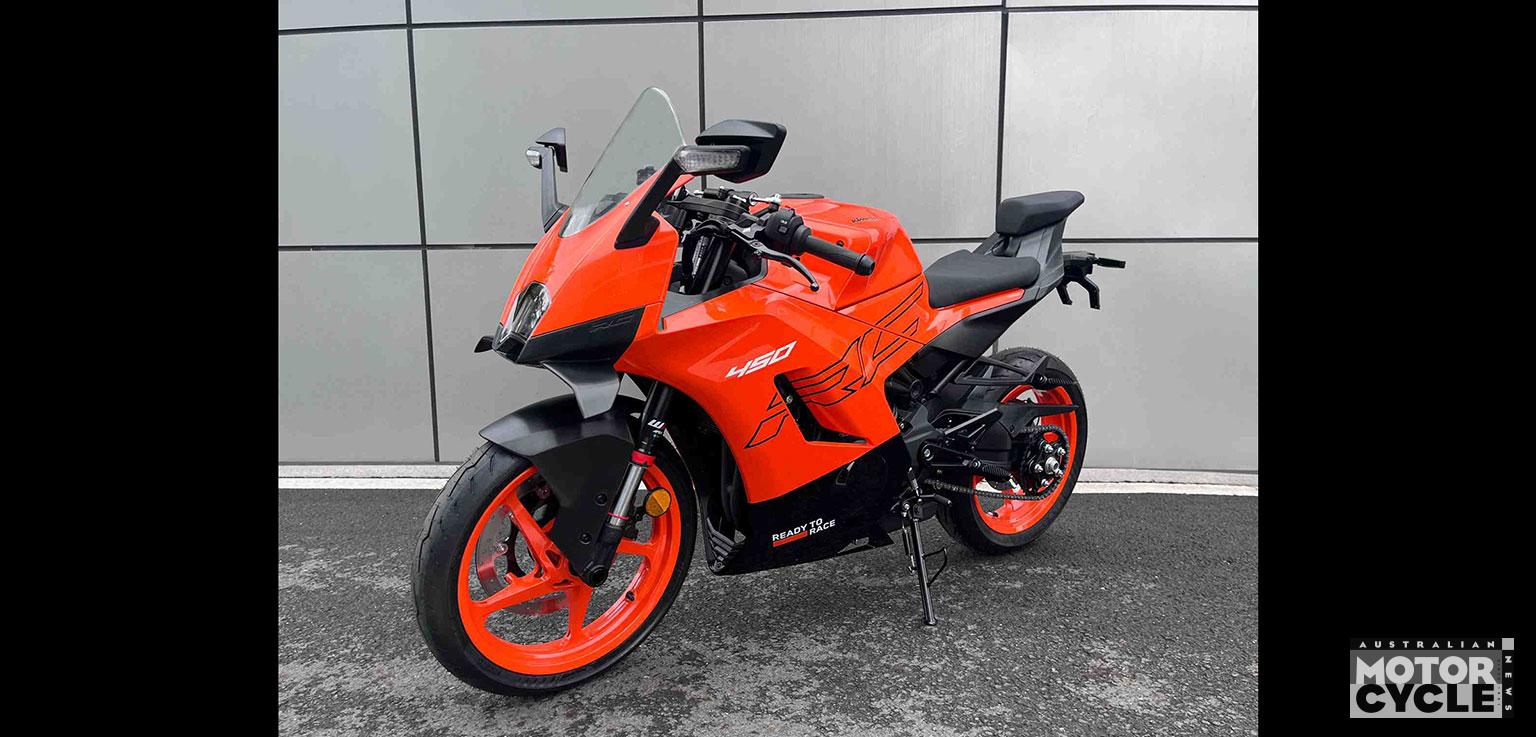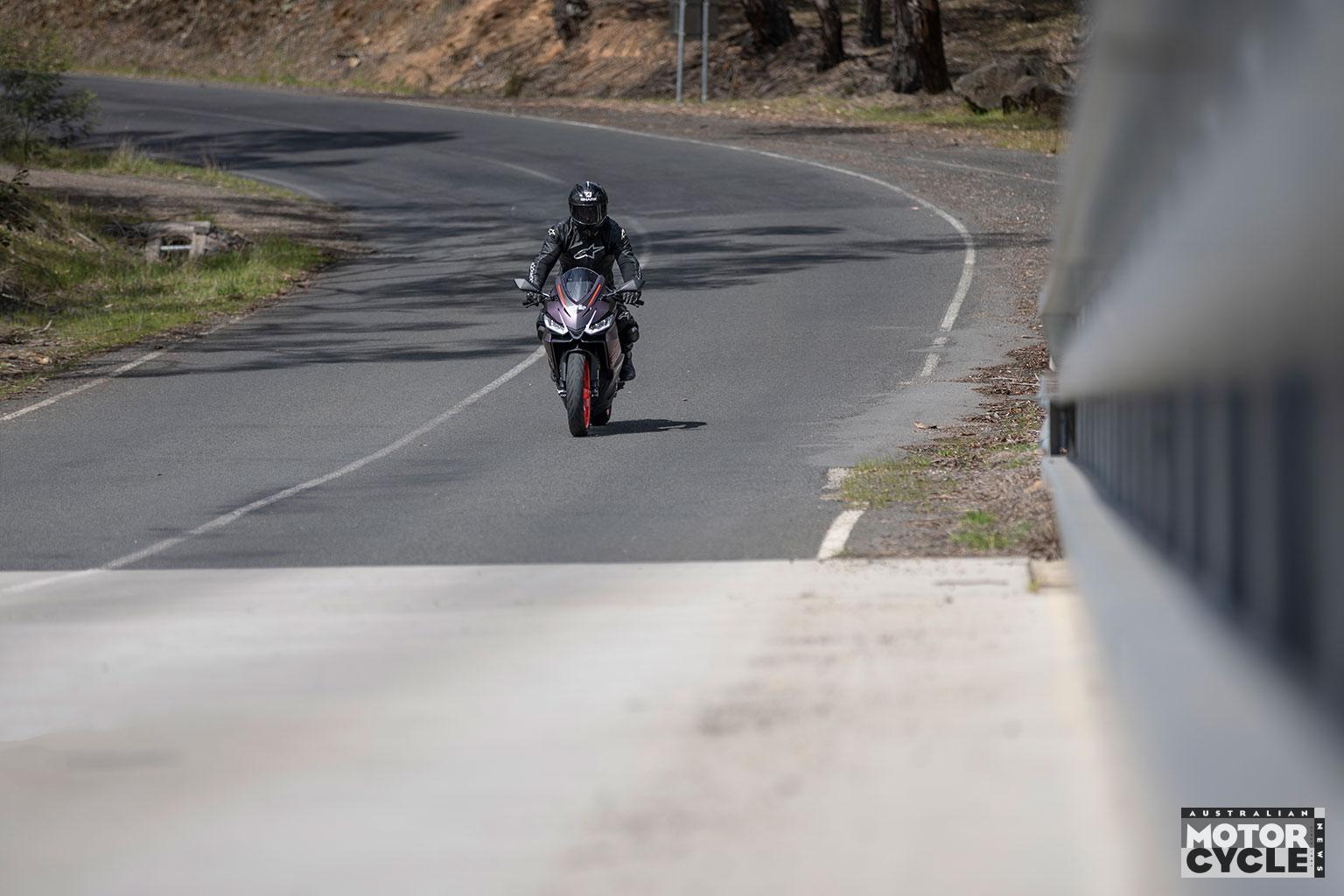Directable exhaust helps bike through turns
The will-they-or-won’t-they story of BMW’s potential entry to MotoGP has been an on-and-off theme ever since the series switched to four-stroke engines back in 2002 but the upcoming rule shakeup due in 2027 – combined with the Bavarian company’s newfound success in WSBK – is perhaps the best chance yet that we’ll see a blue roundel gracing a GP bike.
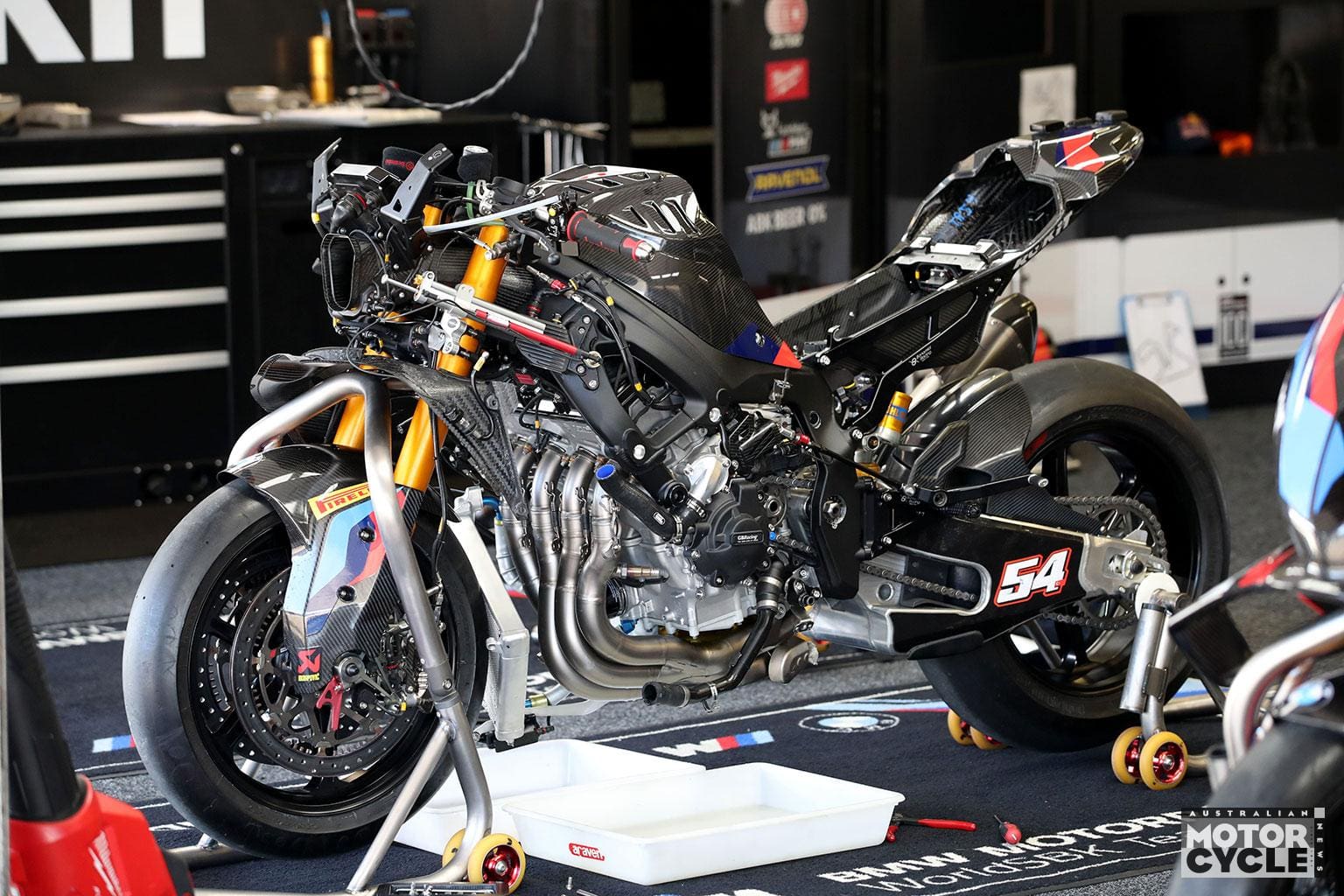
BMW’s R&D department has certainly been hard at work on ideas that might be useful on such a machine. We’ve seen a variety of race-oriented aerodynamic ideas appear in BMW patent applications in recent months, and the latest introduces the concept of a switchable exhaust system that can, via an electronic actuator, direct the exhaust gasses to fire sideways out of one side of the bike or the other. In the simplest terms, the concept is to use the pressure of that exhaust gas as jet to help push the bike into the corner, but the idea also opens the door to more complex aerodynamic possibilities where the exhaust could be used to manage or accelerate the airflow over specific parts of the bike, generating downforce.
The new patent only includes one, oversimplified and not-to-scale image to illustrate how the system would work. It shows a cross-section of the lower fairing, mid-corner, with the main section of the exhaust pipe running through the middle of the image (marked ‘20’ in the picture). It’s not clear exactly where within the bike’s belly this is, but presumably it’s towards the rear, ahead of the back wheel.
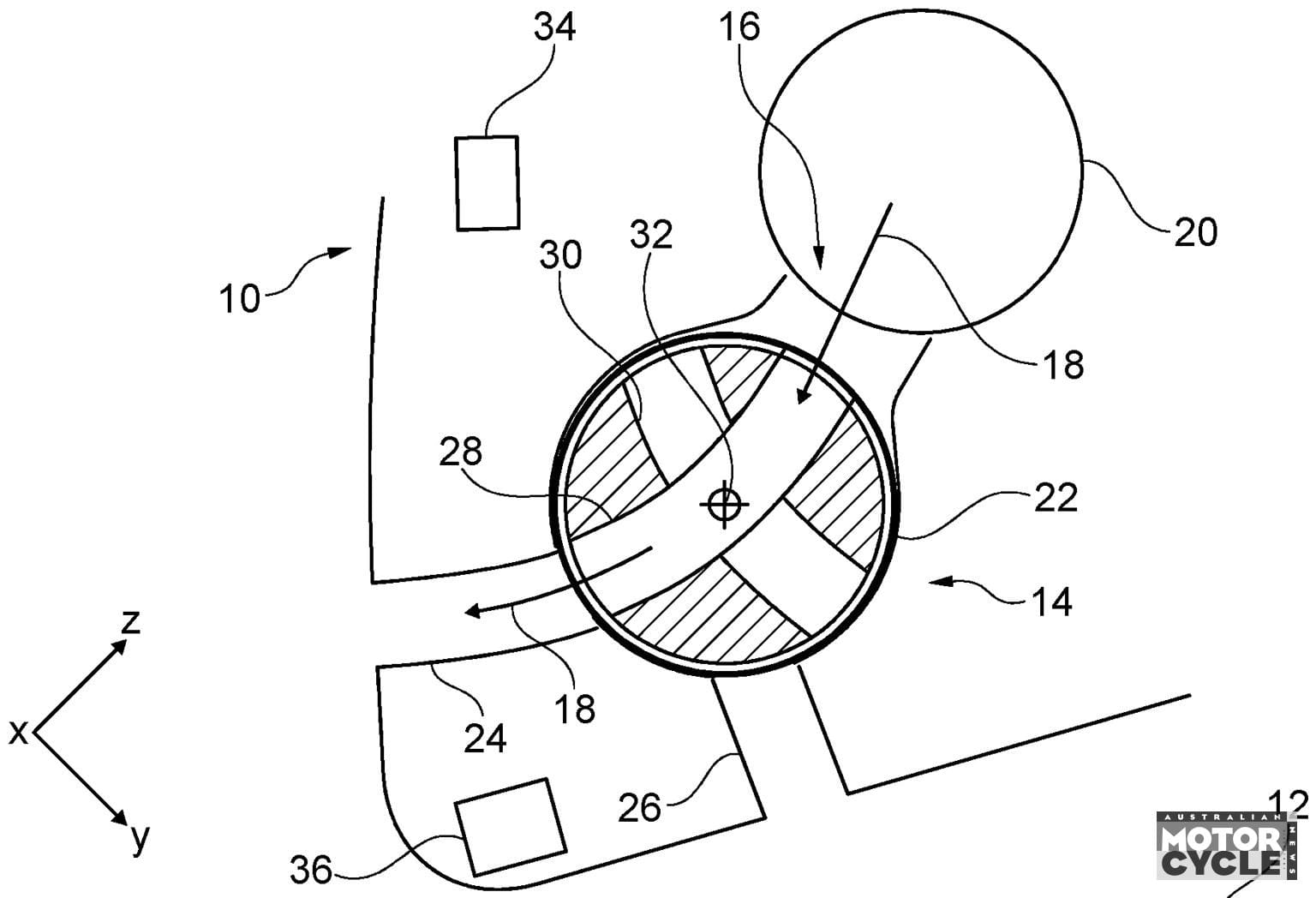
The exhaust is attached to a transfer duct that runs into a barrel-shaped chamber underneath it that contains the main component of the system – a valve that contains a pair of curved exhaust channels, crossing over in the middle. That valve can rotate by a few degrees left or right to align one or other of those channels with a corresponding hole in the side of the fairing. An electronic actuator, operated using information from an IMU-style tilt sensor, controls the position of the valve. Turning right? The valve rotates to eject the exhaust gasses from the left-hand side of the bike, pushing it towards the corner. Turn left and the valve rotates the other direction. In its middle position a proportion of the exhaust exits on each side, but the patent wording also suggests there’s a third route for the gas to take, straight backwards through a more conventional rear outlet.
While the force of the exhaust gas alone might not make a vast difference to the bike’s cornering ability, it could help accelerate the airflow underneath the fairing, between the bike’s belly and the track, to create a downforce. That area is already being exploited by MotoGP teams using side panels and belly pans that are intended to form diffuser-style shapes. In car racing – a field BMW is already very familiar with – exhausts have often been used to assist or direct airflow around the diffusers at the rear of the floor, increasing downforce, so the motorcycle system could be an attempt to do something similar.
Whether the idea would be legal in MotoGP would depend on interpretation of the rules. The current regulations – which are being rewritten for 2027 anyway, when BMW’s entry is most likely – say teams can’t use variable length exhausts, but don’t specifically rule out valves inside the exhaust that might alter the flow. Since the rotating valve isn’t bodywork, it would be likely to avoid rules written to ban variable aero addenda like moving winglets.

